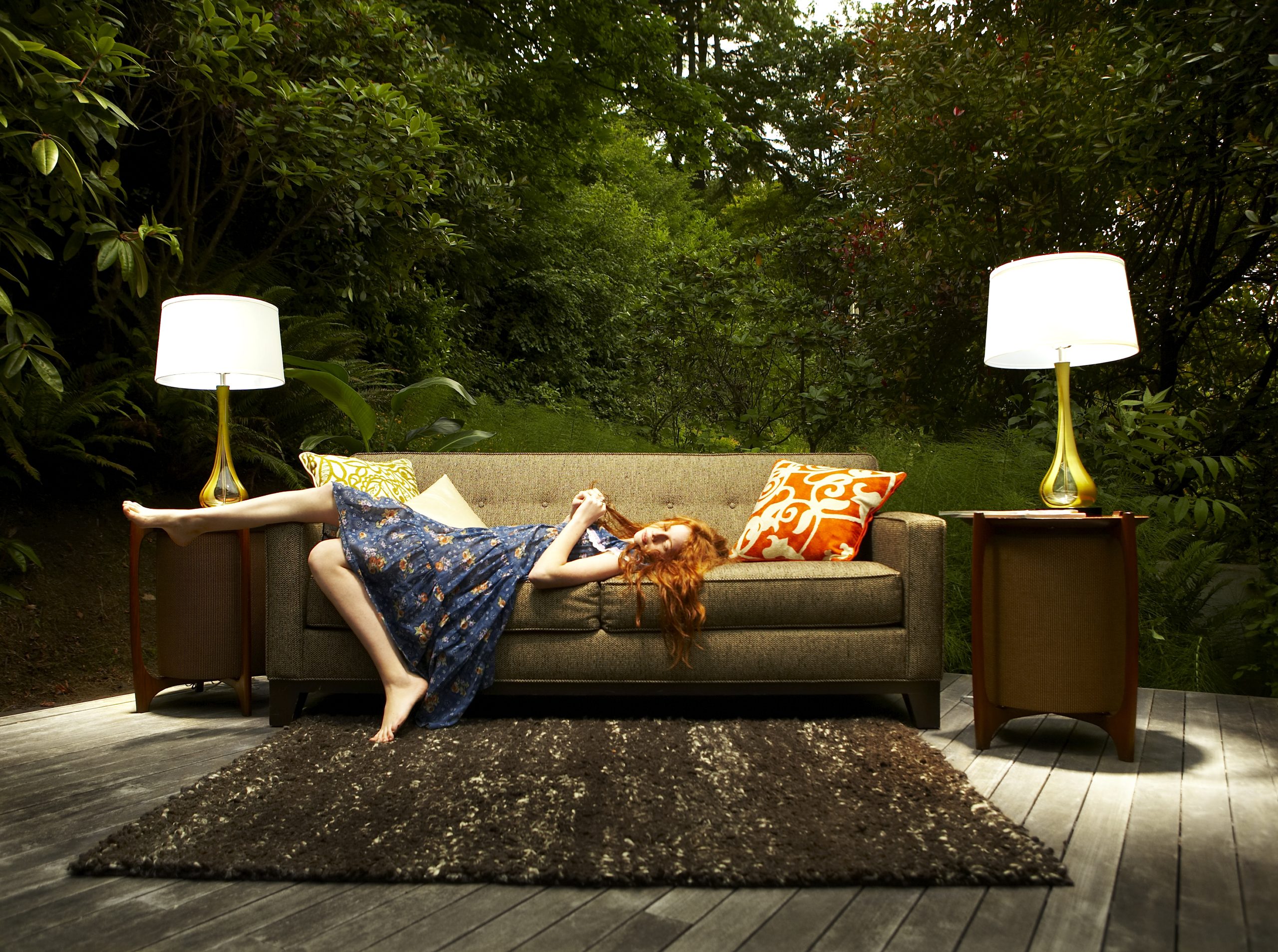Arranging furniture can be just as challenging as selecting the right pieces. Interior designers highlight common mistakes that can diminish your home’s aesthetic and functionality. Avoid these blunders to ensure a harmonious and stylish living space.
1. Neglecting to Plan Before Purchasing
Before shopping for furniture, develop a detailed floor plan and know the exact dimensions of the pieces you need. Without a plan, you risk buying items that don’t fit well or clash with your existing decor, leading to an unbalanced and impractical space.
2. Choosing Rugs That Are Too Small
A rug that’s too small can make a room feel disjointed and cramped. Ensure that all furniture legs remain on the rug to create a cohesive look. Aim for a rug size that leaves a border of at least six inches from the walls, allowing the room’s flooring to show and enhance the overall appearance.
3. Placing Seating Directly Against the Walls
Positioning all furniture against the walls can create dead zones and hinder conversation. Instead, leave some space between seating pieces and the walls to foster interaction and make the room feel more inviting. This approach also helps in defining separate areas within larger spaces.
4. Selecting Ottomans of Inappropriate Size
Ottomans should complement the furniture they’re paired with. An oversized ottoman can overwhelm a space, while one that’s too small may not provide adequate functionality. Ideally, an ottoman should be slightly shorter than the chairs or sofas it accompanies, ensuring both comfort and style.
5. Using Undersized Nightstands
Nightstands that are too small can disrupt the balance of your bedroom. They should be proportionate to the bed and offer enough surface area for essentials like lamps, books, and personal items. Aim for nightstands that are at least 42 to 48 inches wide for larger beds.
6. Underestimating the Importance of Coffee Tables
A coffee table should be functional and appropriately sized for the seating area. An undersized table can look awkward and limit usability, while a well-sized one provides ample space for decor, beverages, and other items. Position the coffee table about 18 inches from the front of the sofa for optimal accessibility.
7. Opting for Oversized Sofas
While large sofas offer ample seating, they can dominate a room and make it feel cramped. Choose sofas with balanced proportions that fit the scale of your space. Ensure there’s enough room for movement around the furniture without sacrificing comfort.
8. Failing to Incorporate Additional Seating Options
Having extra seating options can enhance the functionality of your living room, especially during gatherings. Incorporate versatile pieces like storage ottomans, stools, or benches that can be easily moved or repurposed as needed, providing flexibility without cluttering the space.
9. Overlooking the Importance of a Focal Point
Every room should have a focal point that draws the eye and anchors the space. Whether it’s a fireplace, a piece of art, or a statement furniture item, ensure that the arrangement of your furniture emphasizes this feature. Avoid cluttering the room with too many standout pieces, which can distract from the main focal point.
Conclusion
Effective furniture arrangement requires thoughtful planning and an understanding of space dynamics. By avoiding these common mistakes, you can create a living environment that is both aesthetically pleasing and highly functional. Take the time to assess your space, choose appropriately sized pieces, and prioritize comfort and style to achieve a harmonious home.
